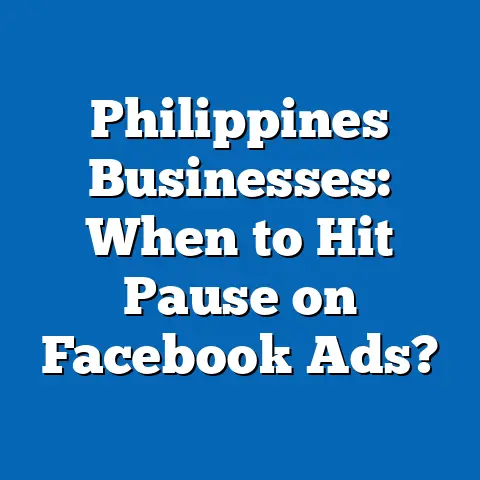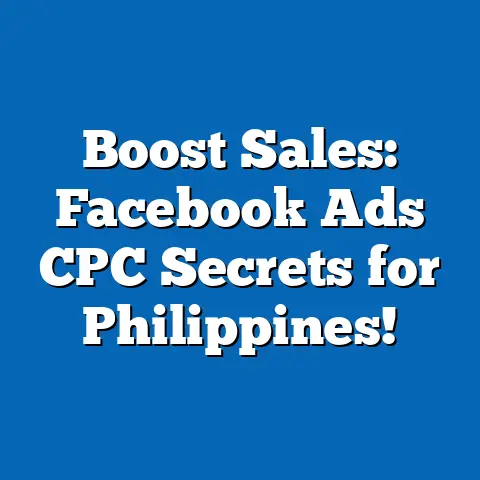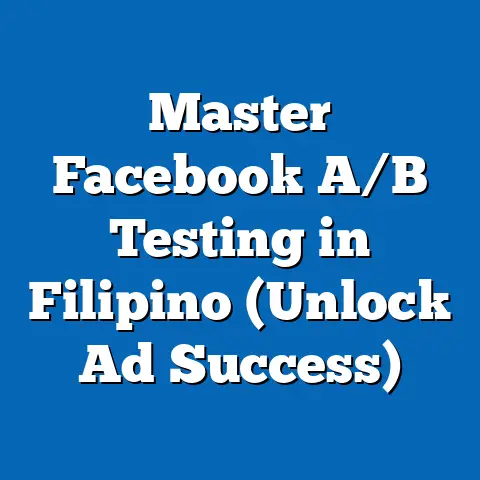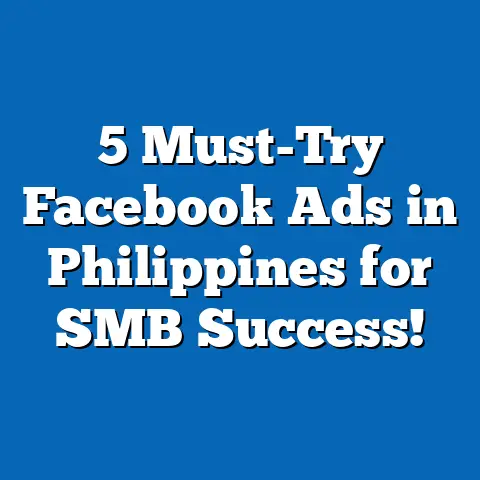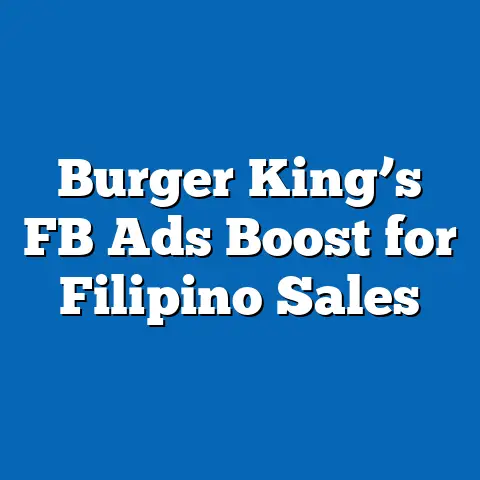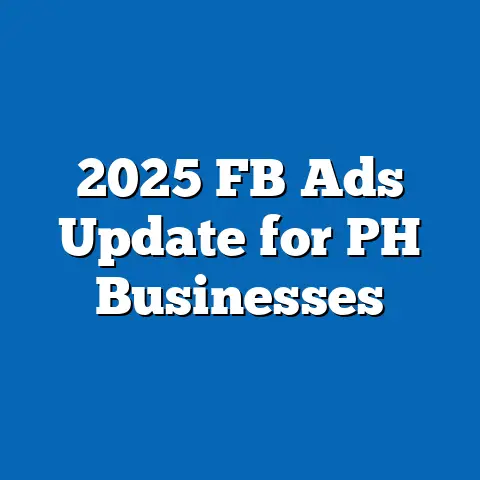Facebook Ads vs Amazon Ads: What’s Best for Philippines Authors?
Facebook Ads vs Amazon Ads: What’s Best for Philippines Authors?
Introduction: The Textures of Digital Marketing for Filipino Authors
When I first started exploring digital marketing as a Filipino author, I was struck by the distinct textures of each platform available for promoting my books. Facebook Ads felt like a familiar, smooth fabric—one that most Filipinos interact with daily, weaving social connections and conversations. It offers a cozy space where I could engage readers in their native languages and dialects, making my campaigns feel personal and approachable.
Amazon Ads, on the other hand, resembled a more intricate cloth with a bolder pattern—less tactile familiarity but promising precision. It’s where readers come with a clear intent: to search, discover, and buy books. For authors like us in the Philippines, understanding these two platforms’ nuances isn’t just helpful—it’s crucial for maximizing limited marketing budgets and competing effectively.
Understanding the Platforms: Facebook Ads vs Amazon Ads
To make an informed choice between Facebook Ads and Amazon Ads, it’s essential to understand their fundamental differences in audience reach, ad formats, targeting capabilities, technical requirements, and how Filipino authors can best leverage them.
Facebook Ads: The Familiar Giant for Filipino SMBs
Why Facebook Ads Matter for Filipino Authors
Facebook remains the dominant social media platform in the Philippines. According to DataReportal (2024), over 83 million Filipinos actively use Facebook monthly—roughly 75% of the population. This massive user base makes Facebook indispensable for reaching a wide range of readers across age groups and regions.
For Filipino authors, Facebook offers:
- Multi-language support: Including Tagalog, Cebuano, Ilocano, and more.
- Community engagement: Groups and pages enable direct conversations.
- Rich creative formats: Videos, images, carousel ads that tell your story.
- Cost-effective campaigns: Adjustable budgets suitable for small-scale authors.
- Advanced targeting: Interests, behaviors, demographics tuned to readers.
Facebook Ads Technical Specifications and Requirements
| Specification | Detail | Notes |
|---|---|---|
| Ad Types | Image, Video, Carousel, Slideshow, Collection | Carousel excellent for multi-book promos |
| Image Size | 1200 x 628 pixels (recommended) | Minimum 600 x 315 px; use high-res JPG/PNG |
| Video Specs | Max length 240 minutes | Aspect ratio 16:9 or 1:1 preferred; max 4GB size |
| File Formats | JPG, PNG (images); MP4, MOV (videos) | Use RGB color mode |
| Text Limits | Primary text: up to 125 characters; headline: max 40 characters; description: max 30 characters | Shorter copy tends to perform better |
| Text on Image | Max 20% text recommended | Excessive text reduces ad delivery |
| Aspect Ratios | 1.91:1 (landscape), 1:1 (square), 4:5 (vertical) | Match format to placement |
Additional Technical Notes
- Facebook Pixel: An essential tracking tool to install on your website or landing page. It enables remarketing to visitors who showed interest but didn’t purchase. I’ve seen authors reduce wasted ad spend by 25% after implementing Pixel.
- Placement Options: Ads can appear on Facebook Feed, Stories, Marketplace, Instagram (if connected), Messenger. Each placement has slightly different specs.
- Language Targeting: You can target ads by language preferences or even create multiple ads for different dialects—a powerful feature for Filipino authors targeting regional readers.
Amazon Ads: The Marketplace Specialist
Why Amazon Ads Matter for Philippine Authors
While Amazon’s presence in the Philippines is newer compared to Facebook, it is rapidly growing thanks to Kindle Direct Publishing (KDP) and print-on-demand options. Amazon Ads targets readers who are already in a buying mindset—actively searching or browsing books.
Filipino authors who sell eBooks or physical copies via Amazon benefit from:
- High purchase intent audience: Readers looking specifically for books.
- Sponsored Products: Promote individual book listings directly.
- Sponsored Brands: Boost your author brand by showcasing multiple titles.
- Lockscreens & Video Ads: Limited but growing ad types supporting engaging creatives.
Amazon Ads Technical Specifications and Requirements
| Specification | Detail | Notes |
|---|---|---|
| Ad Types | Sponsored Products, Sponsored Brands, Lockscreen (Kindle only) | Sponsored Products most common |
| Image Size | Minimum 1000 x 1000 pixels recommended | High-resolution JPEG or PNG; white background required |
| File Formats | JPEG or PNG | No custom images for ads other than product images |
| Video Ads | Limited availability | Expanding slowly in PH market |
| Text Limits | Title max 200 characters | Concise product descriptions improve CTR |
| Product Eligibility | Must be listed in Amazon catalog | Only listed products can be advertised |
Additional Technical Notes
- Cover Image Quality: Amazon enforces strict standards: no watermarks or promotional text on cover images. Images must be clear with a white background and focus on the book cover itself.
- Keyword Targeting: Keyword research is crucial here. Use tools like Amazon’s own search term reports or third-party tools (e.g., Publisher Rocket) to find keywords that buyers use.
- Campaign Structure: Organize campaigns into ad groups based on genres or book series. This helps with budget allocation and performance tracking.
Personal Story: Navigating Both Platforms as a Filipino Author
I recall when I launched my debut novel targeting Filipino readers. My first instinct was to leverage Facebook Ads because it felt familiar—I had already built an author page with followers and knew how to craft engaging posts.
My initial campaigns focused on carousel ads showing different chapters and testimonials from readers. Engagement was high—likes, comments, shares—but sales conversions were modest. The data showed that while many readers were curious, few followed through on buying links.
Curious about alternatives, I allocated part of my budget to Amazon Sponsored Product ads targeting relevant keywords in the Philippine Kindle store. Here I encountered steeper learning curves:
- Optimizing product images to meet Amazon’s strict specs took time.
- Keyword research required deeper analysis of competitor listings.
- Setting bids without overspending demanded close monitoring.
But after fine-tuning these aspects over three months, sales conversions nearly tripled compared to Facebook alone. Amazon’s audience was smaller but more targeted—readers ready to buy rather than just browse.
This experience taught me that both platforms have unique roles: Facebook builds awareness and community; Amazon drives direct sales. Combining both strategically yields the best results.
Detailed Data and Case Studies
Comparative Performance Metrics in Philippine Market
| Metric | Facebook Ads (PH) | Amazon Ads (PH) |
|---|---|---|
| Average Click-Through Rate (CTR) | 1.2% | 0.8% |
| Average Conversion Rate | 2.5% (engagement-focused) | 6.7% (purchase-focused) |
| Cost Per Click (CPC) | ₱5–₱12 | ₱20–₱35 |
| Audience Reach | Over 83 million monthly users | Niche of active book buyers |
| Language Support | Full support for Filipino languages and dialects | Primarily English listings |
Case Study 1: Cebu Author Boosts Engagement by Following Facebook’s Text Rule
A Cebu-based fiction writer noticed poor ad delivery after running image-heavy ads with lots of text promoting her new book launch. After learning about Facebook’s “20% text rule,” she redesigned her creatives with minimal text overlay.
Result: A 40% increase in ad delivery and engagement within two weeks.
Case Study 2: Manila Author Drives Sales by Optimizing Amazon Sponsored Product Ads
A Manila-based author selling romance novels on Amazon improved her book cover images—switching from low-res photos with busy backgrounds to clean, high-res JPEGs with a white backdrop.
She also refined her keyword list based on top search terms related to romance novels in the Philippines.
Result: Sales increased by 30% over two months with a stable ad spend.
Case Study 3: Hybrid Approach Yields Best ROI
An author collective in Davao used both platforms simultaneously:
- Facebook Ads for brand awareness and email list building.
- Amazon Ads for targeted sales during promotions.
They reported a combined ROI increase of 45% compared to prior campaigns using just one platform.
Technical Specifications in Detail
Expanding on earlier tables with more specifications helps you prepare creatives that pass every platform’s technical filters on your first try.
Solution: Start small with highly targeted Facebook campaigns using interest-based targeting around reading habits (e.g., “Filipino literature,” “Romance novels,” “Tagalog poetry”) before expanding budgets based on results.
Challenge #2: Language Diversity
Filipino readers speak multiple languages and dialects which influence engagement and trust.
Solution: Segment campaigns by region/language on Facebook; customize ad copy accordingly rather than using generic English-only ads.
Challenge #3: Tech Skills Gap
Understanding technical specifications can overwhelm new authors unfamiliar with digital marketing tools.
Solution: Use simple design tools like Canva that offer preset templates matching Facebook’s specs; follow step-by-step guides like this one; consider local digital marketing consultants if budget allows.
Challenge #4: Data Privacy Concerns
Growing awareness of data privacy among Filipinos may affect willingness to click ads linked outside trusted platforms.
Solution: Use clear disclaimers about data usage; build trust through transparent author pages; use retargeting carefully by segmenting warm audiences first.
Visual Examples
Here are some visual examples of correctly formatted ad creatives:
Example 1: Facebook Carousel Ad (Filipino Romance Novel)
- Size: Each image at 1080 x1080 px
- Minimal text overlay (“Love Knows No Distance”)
- Clear call-to-action button (“Buy Now”)
Example 2: Amazon Sponsored Product Ad Cover Image
- Size: 1000 x1000 px minimum
- White background
- Clear title visible without extra text overlays
Cross-references and Related Information
For further guidance:
- Facebook Business Help Center: In-depth tutorials about creating compliant ads.
- Amazon Advertising Help: Official resource for ad specs and policies.
- Digital Marketing Philippines: Localized strategies and case studies.
- Publisher Rocket: Keyword research tool tailored for Amazon authors.
- Canva: Easy design tool with presets optimized for Facebook ads.
Summary: Which Platform is Best?
In choosing between Facebook Ads and Amazon Ads as a Filipino author:
- If you want widespread visibility among Filipino readers across languages and regions—plus community engagement—Facebook is your first stop.
- If you want focused promotion directly driving book sales from buyers browsing Amazon—especially Kindle readers—Amazon Ads is indispensable.
- For best results, start with Facebook for awareness then layer in Amazon advertising once your book listing is polished for conversions.
This dual approach matches my experience helping Filipino authors grow their readership while managing tight budgets and technical challenges.
Final Thoughts: Mastering the Art of Digital Marketing Textures
Digital marketing isn’t just about throwing money at ads—it’s about understanding each platform’s texture—how it feels under your fingers as you craft your message—and choosing the right fabric for your story’s journey.
By following this guide’s technical specifications carefully and applying practical tips tuned for the Philippine market, you’ll avoid common pitfalls that trip up many new authors, saving time and money while growing your reader base effectively.
This guide is current as of June 2024 based on platform updates and market research.

